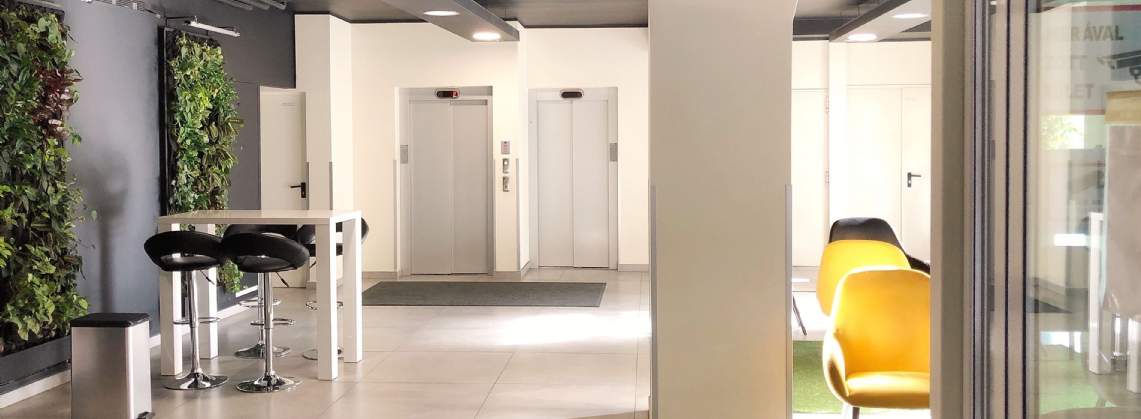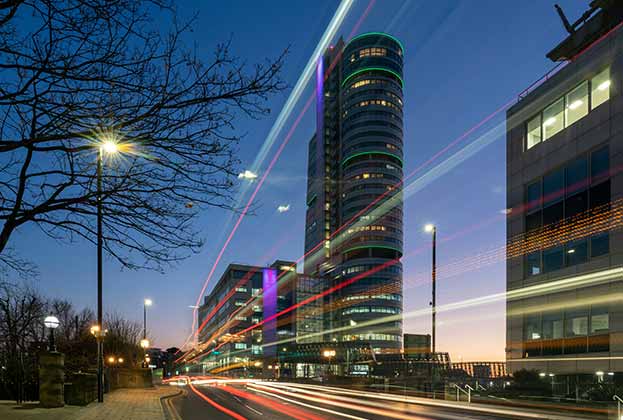Leasing activity is set to be boosted in the final quarter of the year, amidst an increase in the number of corporate occupiers searching for office space in the South East and Greater London market. Take-up across this market has been subdued thus far this year, reaching 1.5 million sq ft in Q3 23, 32 per cent below the five-year average, following a combination of a challenging macroeconomic environment and office relocations taking longer to conclude. However, there are currently 79 active requirements, totalling 2.8 million sq ft, across the region, with 1.07 million sq ft of this under offer. We predict that by the end of 2023 take-up will reach 2.5 million sq ft, which will be marginally below take-up recorded in 2022, although some markets including Woking, Guildford and Uxbridge are set to outperform, or be in line, with their long-term averages.
The demand profile across the region has not altered significantly since Covid-19. Manufacturing and industry, which predominately includes pharmaceutical companies, and technology have historically been two of the busiest sectors. The former manufacturing and industry occupiers have the most active requirements amounting to 1.2 million sq ft, accounting for 44 per cent of overall requirements. Notably, Lonza, Wood Group and Cisco all are looking for space in excess of 100,000 sq ft. In recent years, this sector has benefitted from the growth in the life science industry: 56 per cent of the requirements in manufacturing and industry are from this sub-sector. Lonza are set to acquire land at Thames Valley Park to develop a new campus which could act as a catalyst to attract other pharmaceutical companies seeking research and development facilities into Reading.
When looking at growth areas, the education sector stands out. Requirements are predominantly focused in Greater London, evidenced by the 264,000 sq ft acquired by education institutions this year in the area - higher than any previous annual total in the last ten years - fuelled by increasing student numbers.
Regardless of sector, the current occupier preference is for amenity rich office space with strong environmental credentials; 77 per cent of take-up has been grade A standard this year (Q1-Q3) - the highest proportion ever recorded. It’s expected that tenants who have occupied their space for longer than 10 years will relocate, given the continued flight to quality and corporate ESG requirements. From our sample of lease expiries, 74 per cent of tenants have been in the same building for over ten years at the point of expiry, which bodes well for future take-up across the region.
Employment prospects for the South East region remain robust with Oxford Economics forecasting 6 per cent office employment growth in the next five years. Activity from technology occupiers is increasing after a subdued 2023, with Q3 take-up totalling 170,000 sq ft. This followed strong expansion from the sector which benefitted from accelerated digital transformation driven by the pandemic. Furthermore, tech has 4.3 million sq ft of lease events in the next four years, the highest quantum when compared to other business sectors. Notable active requirements include Microsoft, Sega and Adobe.
Ultimately, we see amenity rich and sustainable offices remaining the most sought after space in the region. Additionally, we forecast vacancy rates below 5 per cent over the next two years within Crawley, Croydon, St Albans and Windsor submarkets, demonstrating the pockets of undersupply of grade A space across the region. This, together with the limited development pipeline across the South East market with currently no new or comprehensively refurbished buildings scheduled to be completed after 2024, presents an extremely attractive opportunity for owners and developers that can deliver what the market needs.
Further information
Contact Stuart Chambers or Laura Harris

-impact-the-office-sector(1).jpg)

.jpg)






